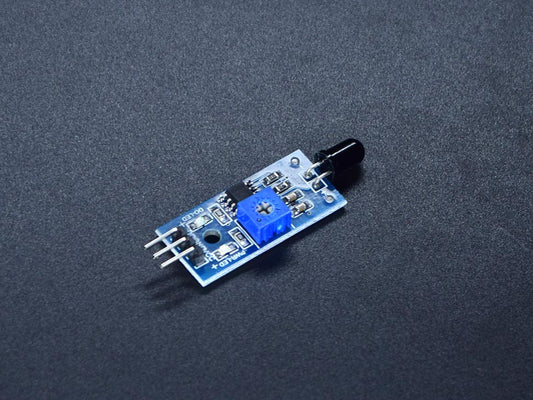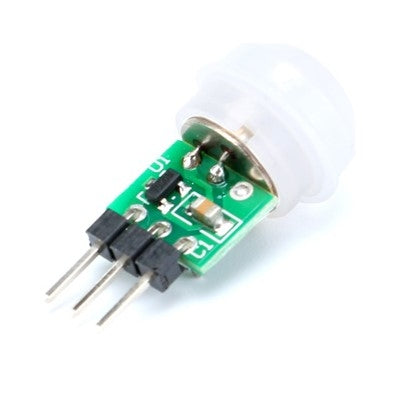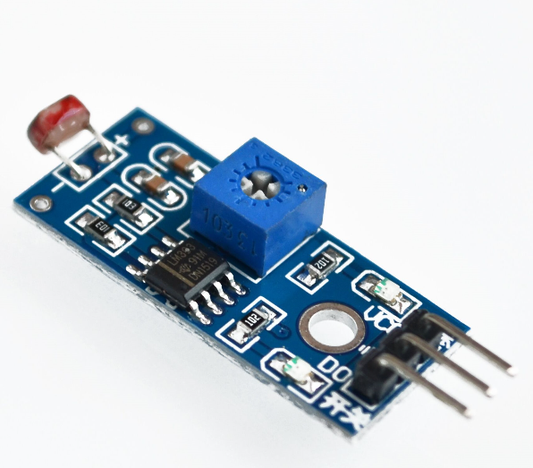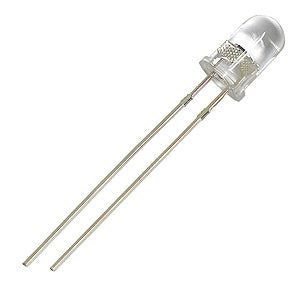Optical Light Imaging Photon Sensors - Optical sensors have emerged as a suitable platform to monitor health parameters in a personalized fashion and they have the potential to revolutionize the way cancer is diagnosed and treated. after excitation with higher energy photons, for sensing applications as the changes in intensity or wavelength of light emitted can be linked quantitatively to the presence or absence of a target analyte. Let us get into more details about Optical Light Imaging Photon Sensors.
With an optical (fluorescence or absorbance) principles of small molecule and nanoparticle-based biosensors, for the detection of cancer biomarkers in bodily fluids, cells, and tissues, provide an overview of their applications. Sensors were validated using clinically relevant samples, a number of recent promising developments are highlighted.
Light sensors
General characteristics of commonly used optical sensors:
- Photoresistor: No directional sensitivity, slow (large response time), sensitive to visible and IR light, Small, cheap.
- Photodiode: ; fast response time; Moderate directional sensitivity, also available as quadrant detector (four diodes in one casing).
- Phototransistor: somewhat slower, but similar to the photodiode.
- Diode array: from a few (in a single casing) up to over 4000 elements (on a chip) Array of photodiodes: line rate up to 100 kHz; gray-tone and color.
- Position sensitive diode (PSD): 1D and 2D position-sensitive, Radiometric properties as photodiode.
- CCD camera (area scan): Resolution up to 2048×2048 elements, Gray-tone and color, frame rate up to 1000/s for low-resolution types.
- CMOS camera (area scan): somewhat worse noise performance, higher resolution compared to CCD camera.
When it comes to market share in the biometric industry,optical sensors still rule the roost . Currently a natural choice for end-users of today’s main markets, the technology is robust, reliable, and fairly cost-effective. As IT security and the securing of devices, such as mobile phones, the main growth markets for fingerprint sensors going forward are predicted.
Importance of Optical light imaging photon sensors
As their products are significantly larger today than their silicon-based counterparts and for optical sensor manufacturers, this creates a problem becaus Such as an integrated mouse or a simple standalone sensor, in the IT security field, optical sensors can do well when presented as a peripheral device. However, laptops or mobile phones is not really viable, as integration into smaller devices.
Optical sensors are designed for heavy weather conditions. With no moving parts, T40 sensor is made of stainless steel . It has a heated probe inside which can control the external anti-icing system. To operate at certain predefined times, this probe is scheduled or to turn off when the temperature is above 10°C. if ice exceeds a certain threshold, a warning is shown. Data may be transmitted and stored by the Internet or between computers.
Eliminating the need for a frame grabber, moreover camera and system clocks are synchronized, and thus increasing the overall frame rate. the reader is referred to textbooks on this subject and the information provided by the manufacturers as, cameras will not be discussed further in this book.
Final Thought
Above we have provided the entire information about Optical Light Imaging Photon Sensors , along with how beneficial they are with their working mechanism.
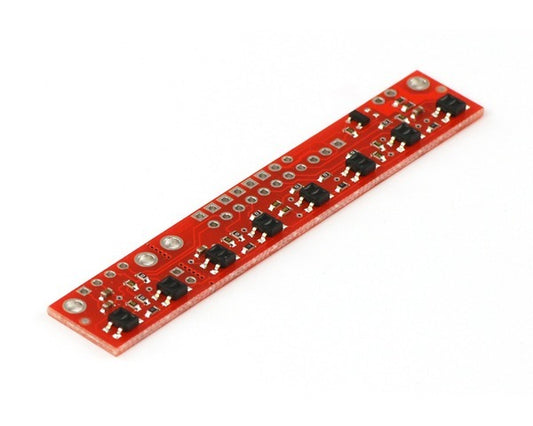 Sold out
Sold out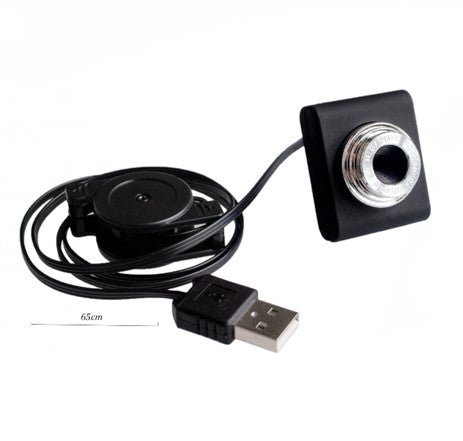 Sold out
Sold out Sold out
Sold out
